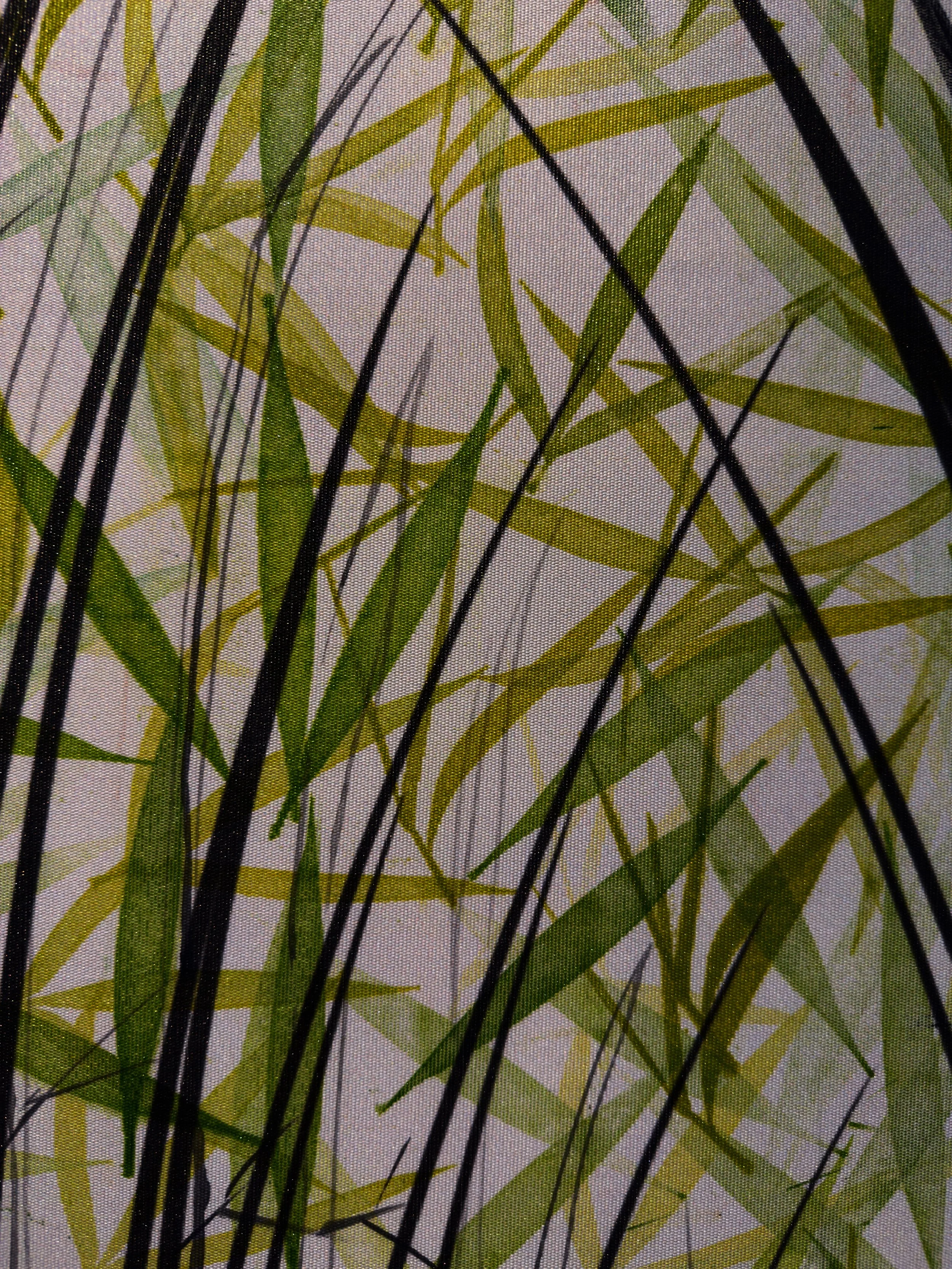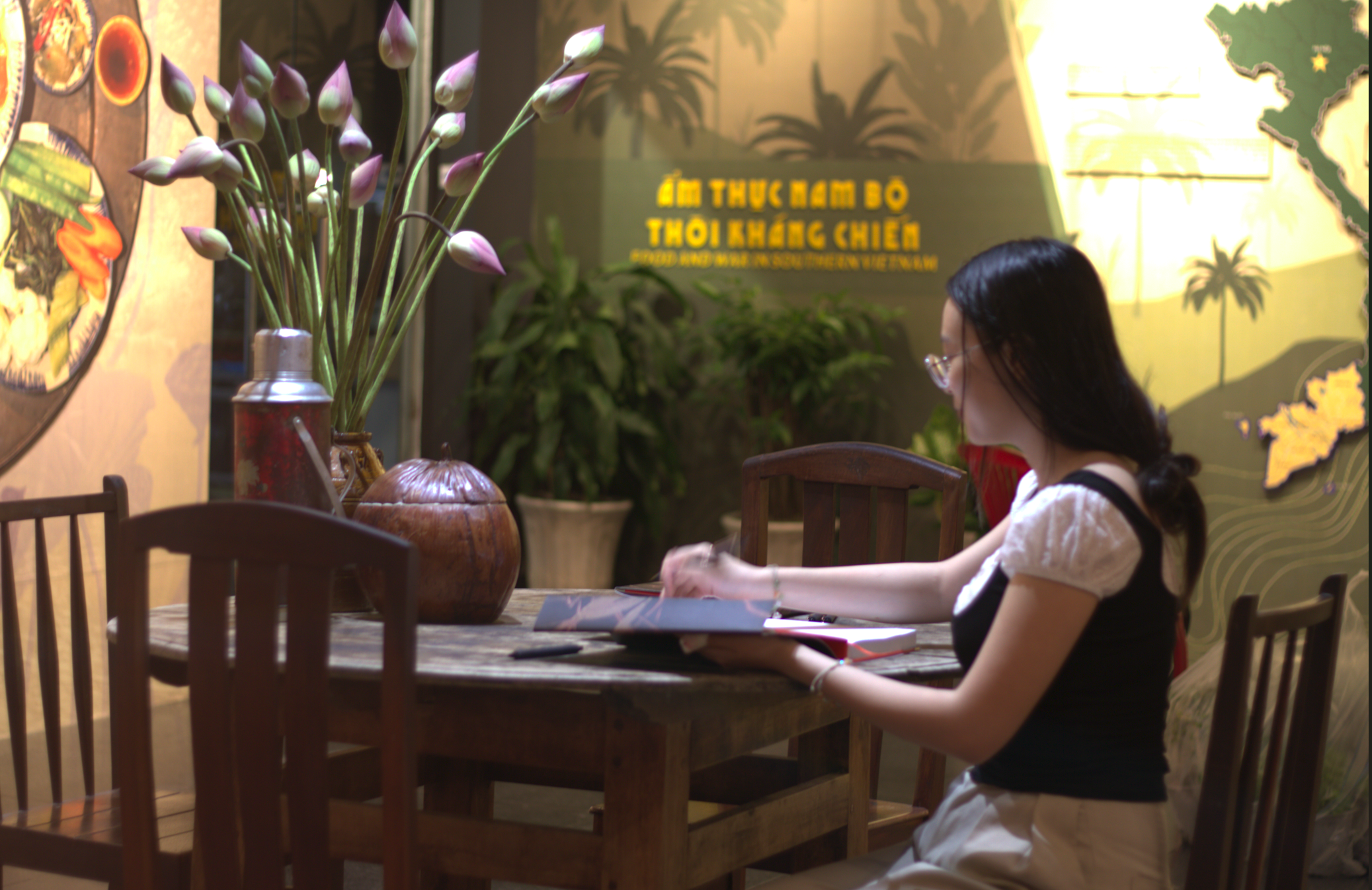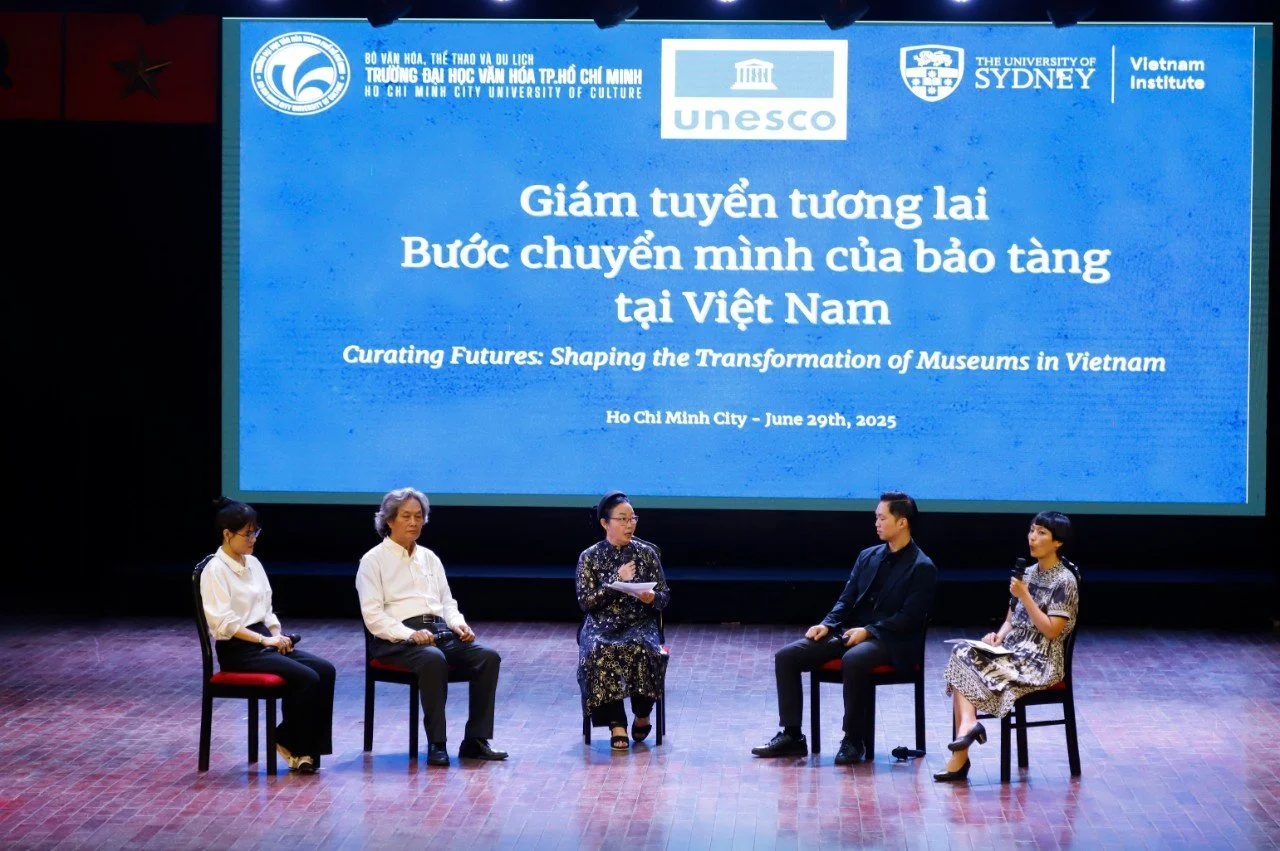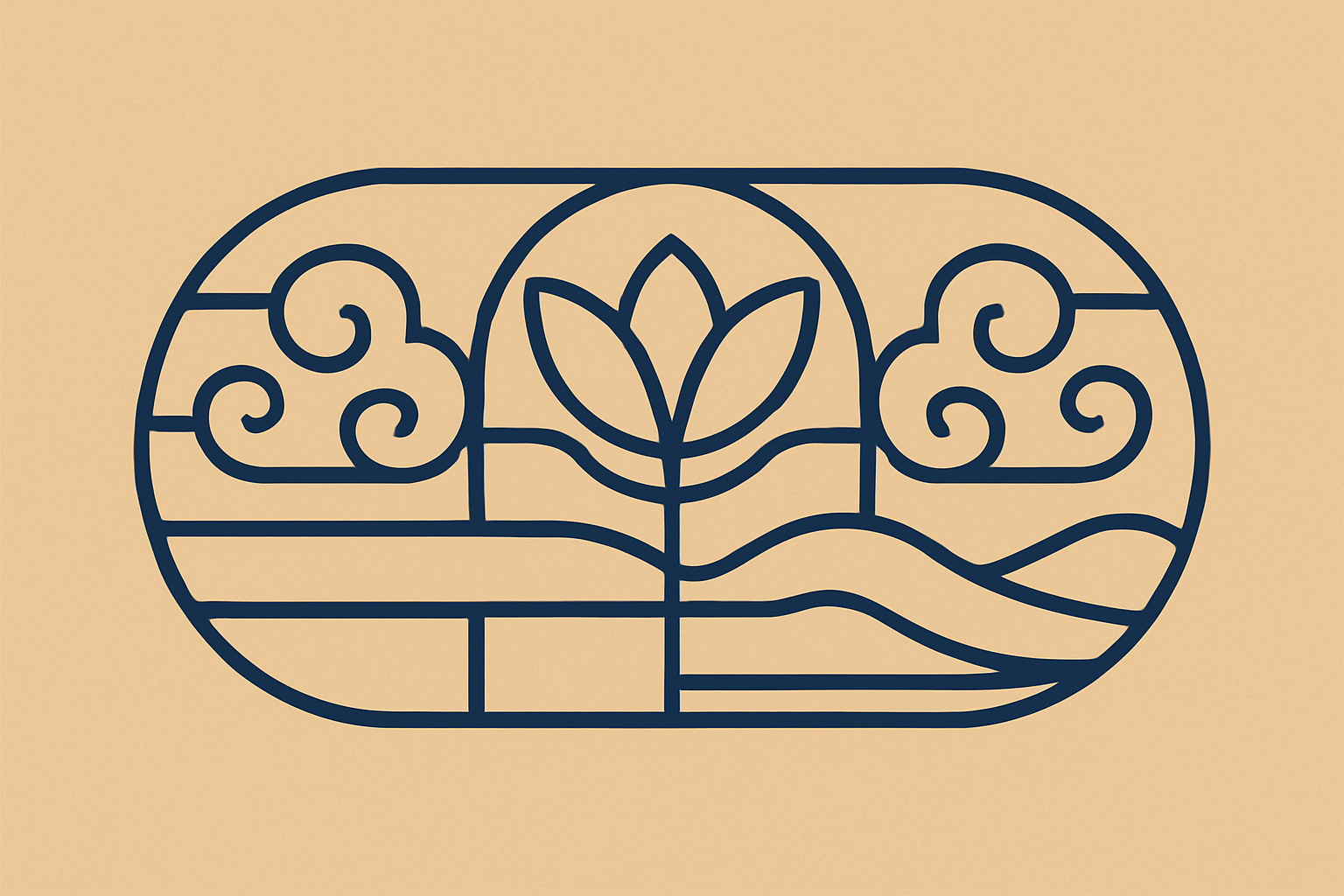CURATING FUTURES
CURATING FUTURES
Tương lai của những người giám tuyển bảo tàng | Curating Futures
CHƯƠNG TRÌNH BẢO TÀNG CÔNG CỘNG của Jane GAVAN và Hương Phạm Lan
PUBLIC MUSEUM PROGRAM LED BY:
Associate Professor, Dr. Jane Gavan from the Sydney Vietnam Institute and Sydney College of the Arts, Faculty of Arts and Social Sciences, University of Sydney,
Dr Huong Pham Lan, Faculty of Culture and Heritage, University of Culture, Ho Chi Minh city.
Curating Futures is supported by UNESCO Vietnam and the Sydney Vietnam Institute
Curating Futures: Vietnamese Museums in Transition is a UNESCO-supported initiative led by Associate Professor Jane Gavan(University of Sydney) with Dr Phạm Lan Hương (University of Culture, HCMC). The project strengthens curatorial practice and community engagement across Vietnam’s museums through national forums and policy-aligned collaboration.
Events
Curating Futures launched their first community engagement seminar on Public Museum Curatorial Practices in November 2024 at the Museum of History, Hanoi
UNESCO is the organising partner for this event series held across Vietnam with open invitations connecting Public and Private museum and gallery communities for he first time.
Bảo tàng Đà Nẵng mới được thiết kế bởi studioMilou, một văn phòng kiến trúc có gốc Pháp, trụ sở tại Singapore và đội ngũ mạnh ở Việt Nam. Thiết kế của họ chuyển hóa trụ sở chính quyền thuộc địa cũ thành một bảo tàng đương đại, với sân trong tĩnh lặng và hệ mặt đứng như một lớp mành đan mây tre, tạo nên ánh sáng lọc nhẹ rất đặc trưng. Không gian trưng bày và khu sinh hoạt cộng đồng, giáo dục được mở rộng, kết hợp chất liệu địa phương với công nghệ trưng bày hiện đại để tôn vinh lịch sử, con người và tương lai của Đà Nẵng.
The new Da Nang Museum was designed by studioMilou, a French-founded architecture practice based in Singapore with a dedicated team in Việt Nam. Their scheme transforms the former colonial city hall into a contemporary museum, adding a meditative internal courtyard and a delicate woven–screen façade that filters light like rattan. Expanded galleries, public atria and learning spaces use local materials alongside modern exhibition technology, presenting the history, people and future aspirations of Da Nang in a calm, immersive setting.
SẮP DIỄN RA – CURATING FUTURES MIỀN TRUNG VIỆT NAM
Bảo tàng Đà Nẵng · 9 tháng 12 năm 2025
Coming Soon CURATING FUTURES CENTRAL VIETNAM
Da Nang Museum · 9 December 2025
SẮP DIỄN RA
Curating Futures Đà Nẵng & Hội An
Diễn đàn chuyên môn thứ ba trong chuỗi Curating Futures: Leading Vietnam’s Museum Transformation
Diễn đàn chuyên môn thứ ba của chúng tôi sẽ diễn ra vào ngày 9 tháng 12 năm 2025, với chương trình buổi sáng được tổ chức tại Bảo tàng Đà Nẵng mới và các hoạt động buổi chiều diễn ra tại Hội An. Đây là sự kiện miễn phí, đồng thời chúng tôi hân hạnh chào đón các tình nguyện viên và cộng đồng địa phương cùng tham gia. Thông tin chi tiết về chương trình và đăng ký tham dự sẽ được cập nhật tại đây trong thời gian tới.
Sự kiện được hỗ trợ bởi UNESCO, Trường Đại học Văn hóa TP. Hồ Chí Minh, Sydney Vietnam Institute – Đại học Sydney, cùng với hệ thống bảo tàng công lập Đà Nẵng và các đối tác tư nhân trong khu vực.
Sau chặng mở đầu tại Hà Nội (11/2024) và sự kiện tiếp nối tại TP. Hồ Chí Minh (6/2025), Curating Futures Đà Nẵng đánh dấu sự kiện thứ ba và cũng là chặng cuối trong chuỗi ba diễn đàn toàn quốc. Chuỗi chương trình này được xây dựng để kết nối cộng đồng sáng tạo xung quanh thực hành giám tuyển, đặc biệt là công việc giám tuyển trong hệ thống bảo tàng công lập Việt Nam.
Curating Futures Đà Nẵng
Thực hành giám tuyển tại bảo tàng công lập thông qua hợp tác cộng đồng, đồng thiết kế công – tư, di sản sống và năng lực phục hồi
Curating Futures Đà Nẵng là một ngày hội chuyên môn quy tụ các nhà làm bảo tàng, nghệ sĩ, giám tuyển, sinh viên, tình nguyện viên và những người hoạt động văn hóa từ khắp miền Trung Việt Nam. Được tổ chức phối hợp cùng hệ thống bảo tàng Đà Nẵng, UNESCO, Trường Đại học Văn hóa TP. Hồ Chí Minh và Sydney Vietnam Institute, sự kiện tập trung vào cách các bảo tàng và không gian văn hóa có thể hợp tác để hỗ trợ thực hành thử nghiệm, củng cố di sản sống và tăng cường sức mạnh cộng đồng.
Trong bối cảnh năng động của hệ thống bảo tàng Đà Nẵng – bao gồm Bảo tàng Mỹ thuật Đà Nẵng, bảo tàng mỹ thuật công lập đầu tiên của khu vực miền Trung và Tây Nguyên – sự kiện kết nối các thiết chế đang tái tư duy vai trò của mình: vừa là nơi lưu giữ ký ức và hiện vật, vừa là nền tảng cho nghệ thuật và công nghệ đương đại.
Mạng lưới Curating Futures tại miền Trung
Trên khắp miền Trung, các bảo tàng, không gian nghệ thuật độc lập và dự án văn hóa cộng đồng đang khám phá những hình thức hợp tác mới, phương pháp đồng thiết kế và cách tiếp cận khán giả sáng tạo. Curating Futures Đà Nẵng tạo dựng một không gian để những cuộc đối thoại này gặp gỡ, cùng tưởng tượng các viễn cảnh giám tuyển chung cho khu vực miền Trung Việt Nam.
Chương trình ngày 9 tháng 12 năm 2025 dự kiến bao gồm:
Hai tọa đàm chuyên đề xoay quanh thực hành giám tuyển tại bảo tàng công lập, di sản sống và vai trò của cộng đồng.
Các workshop tương tác, nơi người tham dự cùng trao đổi về thiết kế trưng bày, giáo dục và tiếp cận công chúng, các mô hình hợp tác công – tư và thực hành thử nghiệm.
Chuyến tham quan có hướng dẫn bắt đầu tại Bảo tàng Đà Nẵng mới vào buổi sáng, sau đó di chuyển tới Hội An cho toàn bộ chương trình buổi chiều tại một số không gian văn hóa công và tư, nhấn mạnh những mô hình trưng bày và kể chuyện đa dạng.
Lưu ý: Đây là sự kiện miễn phí, nhưng số lượng chỗ tham gia chương trình buổi chiều tại Hội An là có hạn; thông tin về đăng ký và cách thức tham gia sẽ được cập nhật tại đây trong thời gian tới.
Trong suốt ngày làm việc, chúng tôi sẽ lắng nghe và tôn vinh các tiếng nói địa phương từ khắp miền Trung Việt Nam, đến từ cả các thiết chế công lập và những không gian sáng tạo tư nhân. Cùng nhau, chúng ta sẽ nêu lên và trao đổi về những vấn đề quan trọng của khu vực, bao gồm di sản sống và cách các giám tuyển bảo tàng, nghệ sĩ và người làm sáng tạo đang sống chung và ứng phó với biến đổi khí hậu.
Một số chi tiết chương trình vẫn đang được xác nhận và sẽ được cập nhật trong thời gian tới. Tuy nhiên, mục tiêu cốt lõi đã rõ ràng: tăng cường kết nối trong hệ sinh thái bảo tàng và văn hóa miền Trung, đồng thời hỗ trợ thế hệ giám tuyển, nhà giáo dục, nghệ sĩ, tình nguyện viên và người làm văn hóa tiếp theo – những người đang góp phần định hình tương lai này.
Sự kiện tại Đà Nẵng – Hội An cũng sẽ tổng hợp những chủ đề, hoạt động và thách thức được nêu ra trong ba diễn đàn Hà Nội, TP.HCM và Đà Nẵng, qua đó góp phần định hướng cho chương trình Curating Futures 2026, sẽ được giới thiệu khái quát trong khuôn khổ sự kiện.
COMING SOON
Curating Futures Đà Nẵng & Hội An
Third professional symposium in the series Curating Futures: Leading Vietnam’s Museum Transformation
Our third professional symposium will take place on 9 December 2025, with the morning programme hosted at the new Đà Nẵng Museum and all afternoon activities held in Hội An. This is a free event, and we warmly welcome volunteers and members of the local community to join us. Full programme and registration details will be shared here shortly.
This event is supported by UNESCO, the University of Culture Ho Chi Minh City, the Sydney Vietnam Institute at the University of Sydney, as well as the public museums of Đà Nẵng and a range of private partners.
Following the inaugural forum in Hà Nội (November 2024) and the second event in Ho Chi Minh City (June 2025), Curating Futures Đà Nẵng marks the third and final gathering in a three-part national series. Across these events, our aim is to connect the creative community around curatorial work in Việt Nam, with a particular focus on the curatorial practices of the public museum sector.
Curating Futures Đà Nẵng
Curatorial practices in public museums through community collaboration, public–private co-design, living heritage and resilience
Curating Futures Đà Nẵng is a one-day gathering of museum professionals, artists, curators, students, volunteers and cultural workers from across Central Việt Nam. Hosted in collaboration with Đà Nẵng’s public museums, UNESCO, the University of Culture Ho Chi Minh City and the Sydney Vietnam Institute, it focuses on how museums and cultural spaces can work together to support experimental practice, living heritage and community resilience.
Set within Đà Nẵng’s dynamic museum landscape – including Bảo tàng Mỹ thuật Đà Nẵng (Đà Nẵng Fine Arts Museum), the first public fine arts museum established for the central and Central Highlands region – the event brings together institutions that are rethinking what it means to be both a repository of heritage and a platform for contemporary art and technology.
Our Curating Futures network in Central Việt Nam
Across Central Việt Nam, museums, artist-run spaces and community cultural projects are exploring new forms of collaboration, co-design and audience engagement. Curating Futures Đà Nẵng creates a space for these conversations to sit together and to imagine shared curatorial futures for the central region.
The programme on 9 December 2025 will include:
Two themed roundtables focusing on curatorial practice in public museums, living heritage and the role of communities.
Engaging workshops where participants can exchange ideas on exhibition design, education and outreach, public–private collaboration and experimental practice.
Guided visits beginning at the new Đà Nẵng Museum in the morning, then moving to Hội An for the full afternoon programme at selected public and private cultural spaces, highlighting diverse approaches to exhibition-making and storytelling.
Please note: This is a free event, but places for the afternoon programme in Hội An are limited, and registration details will be updated here shortly.
Throughout the day, we will listen to and celebrate local voices from across Central Việt Nam, reflecting the diversity of practice emerging from both public institutions and independent initiatives. Together, we will raise and discuss key issues for the region, including living heritage and the ways museum curators, artists and other creative practitioners are responding to, and living with, the realities of climate change.
Some programme details are still to be confirmed and will be updated soon. The core aim, however, is clear: to strengthen relationships across the region’s museum and cultural ecology, and to support the next generation of curators, educators, artists, volunteers and cultural workers who are helping to shape that future.
This Đà Nẵng – Hội An event will also bring together the themes, activities and challenges identified across the Hà Nội, Ho Chi Minh City and Đà Nẵng forums, contributing directly to the design of the Curating Futures 2026 programme, which will be outlined in broad terms during the symposium.







